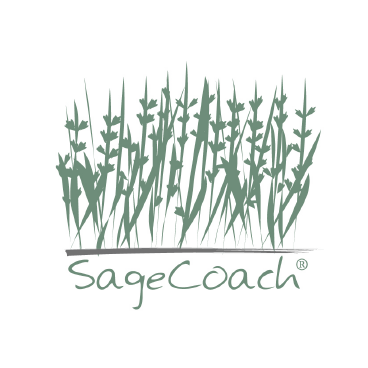Layla F. Saad | Nonfiction, 2020
256 pages
![]()

For 28 days, addressing 28 topics associated with white supremacy, such as power, relationships, and white silence, Me and White Supremacy follows this pattern: “What is <topic>? “How does it show up?” and “Why do you need to look at it?” Then she presents “Reflection time journal prompts” intended to guide you through the 28 days of this workbook, keeping a journal as you proceed.
At first I was very frustrated with this book. For the first few days, the introspective questions she asked were too obvious; too simple. They were about behaviors or attitudes I left behind in college. I wanted juicier, more insightful questions that would make me ponder and think and reflect and re-examine my attitudes and actions.
Be careful what you ask for. As I progressed in the book, the questions did get tougher and inspire more self-examination. About day 19, everything shifted for me. Chapter 19 is about “optical allyship.” In my own words, “optical allyship” is about saying the right things, and believing the right things, but not ever doing the very hard work to break the systems of power that oppress. It is to be visible as an ally, but only in tone, voice, attitude, and not action.
I realized that I have been more than an optical ally to the LGBTQ+ community. I have marched. I have worked to change corporate policies and practices. I collected signatures in freezing temperatures for a ballot measure to create marriage equality in Oregon. I have coached leaders in the LGBTQ+ movement. I have had numerous meaningful conversations. And I have examined my own sexual orientation and its relationship to being in community with others. Now, I am not intending to say this is sufficient work nor am I lauding what bits I have done. My point is, as haven’t done anything, taken any significant action, to be proud of in support of BIPOC. I have been merely an optical ally. Wow.
I have seen a model of resources for White people that identifies six stages of growth and development of White privilege consciousness. This book is recommended in stage three. The next book on my list for this topic is How to be an Anti-Racist, which is a stage four resource.
What can I say? Of course I recommend this book, at least to my White readers. Know that it will take you a while to read and journal your way through this small book. You can scroll through my blog to see some other books on this topic, but there are many, many more resources than what I have read. I have been inspired since the events of this summer ... I hope some of you are, too. There is work to be done. Please let us know here on Dusty Shelves what you discover!
